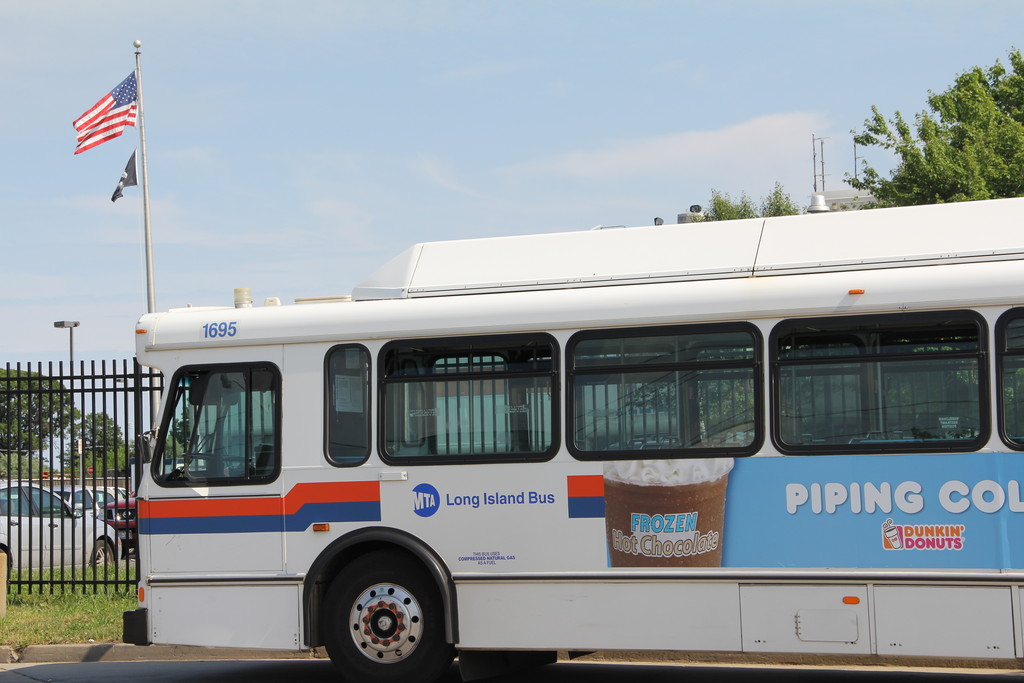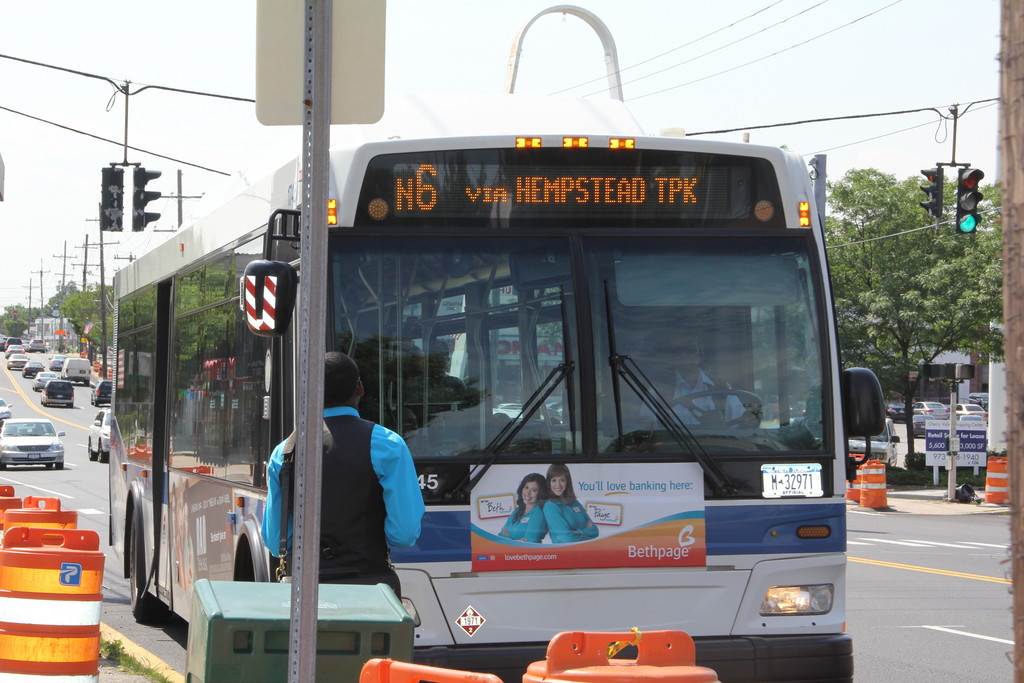Change for Long Island Bus
If you ride or work for Long Island Bus, changes are headed your way.
Details of the contract between Nassau County and Veolia Transportation Inc., which the county selected June 10 to operate its bus system, will be finalized in about a month. If they’re approved by the county Legislature and Nassau Interim Finance Authority, and County Executive Ed Mangano gives his go-ahead, the county will have a privately operated bus system.
What does this mean for the 100,000 average daily riders and hundreds of LI Bus employees? At first it won’t mean much. Veolia will take over the system, currently run by the MTA, on Jan. 1, 2012 — one day after the MTA’s contract with the county expires. Fares, which are currently a $2.25, and bus routes will remain steady throughout the year, but are subject to change pending ongoing contract negotiations.
When they announced that they selected Veolia for the public-private partnership, county officials said any service cuts will be considered as a “last resort” and require public hearings.
Long Island Bus employees, who technically work for the MTA, will all be out of jobs come Dec. 31. But the MTA said it will consider some of those employees for other job openings within the agency, and Veolia officials said the company expects to hire some drivers and mechanics who currently work for LI Bus under different terms and wages.
According to county officials, it will cost about $106 million to fund the new transportation system. The Long Island Bus budget is currently $141 million. Funding for the new budget would come from fare revenue and state and federal aid. While the county will contribute between $2.5 million and $4 million to the budget, Veolia expects to attract new ridings and raise more fare revenue. But some opponents of the public-private partnership — including Nassau County Comptroller George Maragos and Patricia Bowden, president of the Transportation Workers Union Local 252 — fear that Veolia will raise fares or cut service in order to cover costs or make a profit.

 54.0°,
Mostly Cloudy
54.0°,
Mostly Cloudy 







